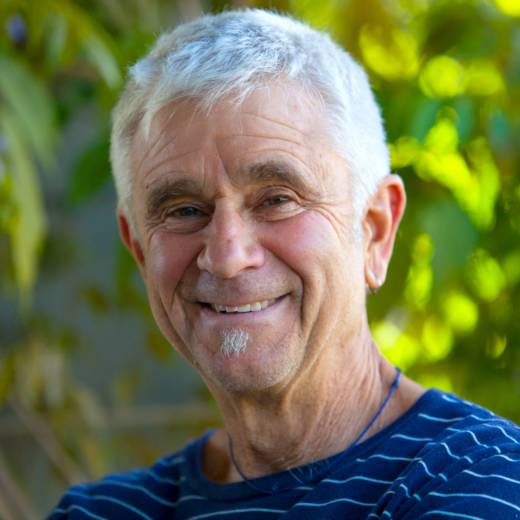Its distinctive bald head and dark plumage make this bird one of California’s more dramatic. Michael Ellis has this Perspective.
A friend of mine recently got married and the bride’s father, down from Canada, excitedly reported seeing California condors. Not just one, but several. I didn't have the heart to break his ornithological bubble. No condors here in Santa Rosa, at least not yet. He saw turkey vultures, which in my opinion, are a poor substitute for the magnificent condor. They were all in one tree, all with their wings outstretched, looking like the yoga pose "salutation to the sun". He must have thought, “Of course, birds do yoga in California.”
Turkey vultures are the most common large, dark bird in the Bay Area. They hold their wings in a slightly upturned V and routinely teeter back and forth as they soar. The mnemonic device is T for teetering turkey, V for vulture. These black and white TVs have thrived in this modern world. Instead of waiting for the rare carcass of an elk half-eaten by a cougar, they now cruise the byways looking for roadkill skunks, jackrabbits, and deer. The scientific name Cathartes, meaning "catharsis," the cleanser – an appropriate description of this most useful member of our ecological community.
This critter is one of the few birds that actually have a well-developed sense of smell. They are particularly sensitive to sulfur compounds like ethyl mercaptan that emanate from rotting flesh and happens to be the same chemical added to odorless natural gas. Turkey vultures often circle breaks in gas pipelines. Listen up, PG&E.
The vultures of the Old World and the vultures of the New World are the classic example of convergent evolution. Both have reduced feathers on the head, both make a living poking into putrefying carcasses, but they are evolutionarily unrelated. They just act and look alike.
Oh, and that yoga pose? Probably warming up or maybe helping to straighten the flight feathers. We just don’t know. But I suspect their favorite yoga posture is that one done by other animals – the corpse pose.
This is Michael Ellis with a Perspective.
Michael Ellis is a naturalist. He lives in Santa Rosa.
